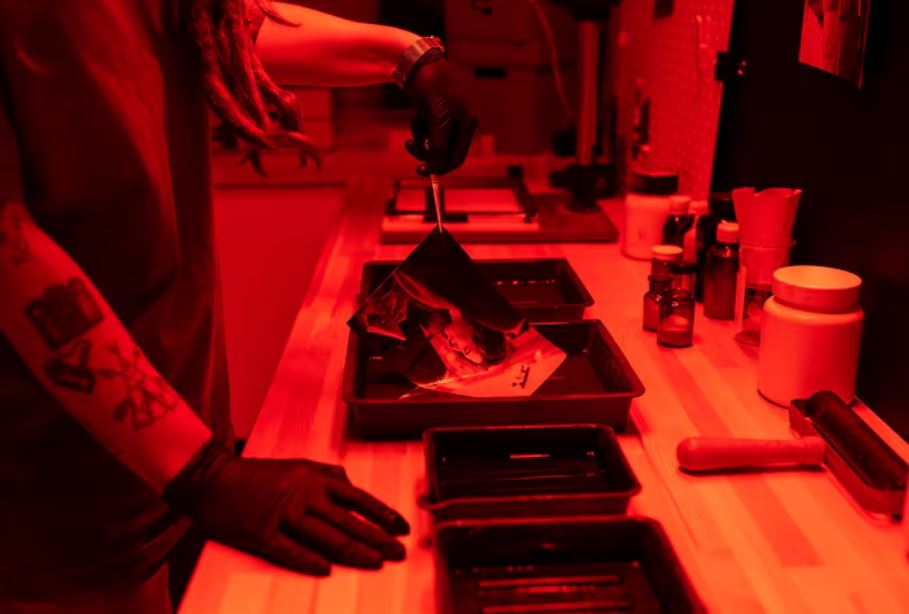
The way Method and Madness handles stories as more than just headlines sets it apart from countless other true crime podcasts. Its creator and host, Dawn, has created something incredibly powerful: an archive that challenges institutions to do better while also remembering victims.
Murdered: Kristin O’Connell (Part 1), which deftly and deeply reveals a decades-old unsolved case, is one of the stories that most closely resembles a film mystery. Dawn makes sure the victim’s humanity remains at the forefront while navigating family grief and archival silence. The effect is very evident: listeners experience a sense of connection rather than just information.
Table – Podcast Overview
| Element | Details |
|---|---|
| Podcast Title | Method & Madness |
| Host | Dawn – storyteller and advocate |
| Genre | True Crime, Advocacy, Narrative Investigation |
| Years Active | 2019 – Present |
| Format | Long-form narrative with survivor and family perspectives |
| Rating | 4.8 average across platforms |
| Core Themes | Murder cases, missing persons, systemic injustice |
| Standout Episodes | Kristin O’Connell, Jyoti Singh, Halyna Hutchins |
| Availability | Spotify, Apple Podcasts, Goodpods |
The story then shifts to Fearless: Jyoti Singh, which recalls the Delhi case of 2012 that prompted international indignation and compelled governments to look into systemic violence against women. This episode was especially helpful because Dawn made sure empathy was maintained in scale by carefully balancing intimate moments with a global perspective.
Unchained: Tamara’s Story, which provides a survivor’s voice against abusive cycles, is equally powerful. Dawn demonstrates how true crime can be immensely flexible by combining advocacy with investigative storytelling while simplifying operations and creating room for genuine testimony.
The perils of contemporary interactions through online platforms are made frighteningly evident in The Murder of Tim Bosma. This case effectively illustrates how trust can be abused, reminding viewers to exercise caution while paying respect to the victim. It serves as a strikingly powerful example of how seemingly routine decisions can turn tragic.
Method and Madness were placed in the context of larger cultural discussions in the episode Preventable: The Killing of Halyna Hutchins. Dawn presented the tragedy as a systemic failure at work rather than minimizing it to Hollywood rumors. She demonstrated how safety regulations had been drastically lowered by utilizing cutting-edge research, opening a more comprehensive perspective for viewers to comprehend accountability.
Callous: The Murder of Adrianne Reynolds, which is equally potent, emphasizes how teen violence can worsen if it is ignored. The need for communities, families, and schools to identify early warning indicators before disaster strikes was demonstrated by this story, which held up remarkably well.
Local tragedies that are frequently overlooked by the mainstream media nevertheless merit attention, as demonstrated by episodes like What Happened to Arnold and Ruby? Dawn gave the case depth through well-chosen narration, emphasizing the agonizing way that unsolved mysteries plague communities. Such episodes demonstrate that establishing trust with listeners necessitates putting empathy ahead of sensationalism for podcasts in their early stages.
Method and Madness’s focus on systemic injustice has significantly enhanced it beyond individual cases. Dawn regularly looks at how power dynamics, institutions, and culture either fail victims or obstruct investigations. This strategy feels especially novel in the current era, when discussions about social justice and policing predominate in public discourse.
Because the narrative doesn’t diminish after an episode concludes, it is incredibly resilient. Many times, listeners report feeling inspired to take action, whether it be by lending support to advocacy organizations, raising awareness of unresolved cases, or reconsidering how they view victims. Dawn’s work has impacted communities in a similar way to how documentaries like Ava DuVernay’s When They See Us changed the way people talk about wrongful convictions.
Her voice is remarkably versatile in tone and is frequently characterized as calming yet resolute. Depending on whether she is narrating survivor narratives, forensic evidence, or family testimony, it changes. That adaptability, along with incredibly skillful pacing, maintains dignity while keeping listeners interested.
The ten selected episodes demonstrate Method and Madness’s significant influence on contemporary true crime narrative. From well-known tragedies like Halyna Hutchins to lesser-known but no less heartbreaking tales, Dawn establishes a record that is remarkably unambiguous in its support.
In light of the growing popularity of true crime, this podcast has evolved beyond simple amusement. It serves as a reminder that thorough investigation and sympathetic storytelling can coexist to create stories that have a much greater impact and last longer.
Fans frequently point out that Dawn’s episodes are especially helpful because they strike a balance between empathy and detail. The impact of innovative long-form journalism that altered the public’s perception of crime reporting decades ago is remarkably comparable to this. In contrast to podcasts that rely heavily on shock value, Method and Madness fosters trust, which is why its 4.8 rating is not only well-earned but also noticeably higher with every new release.
Since its inception, true crime has straddled the line between sensationalism and gravity. Episode after episode of Dawn has redefined the genre, turning it into a vehicle of hope, justice, and remembrance. The most outstanding episodes demonstrate how telling stories with integrity can create a remarkably resilient contribution to cultural memory.
